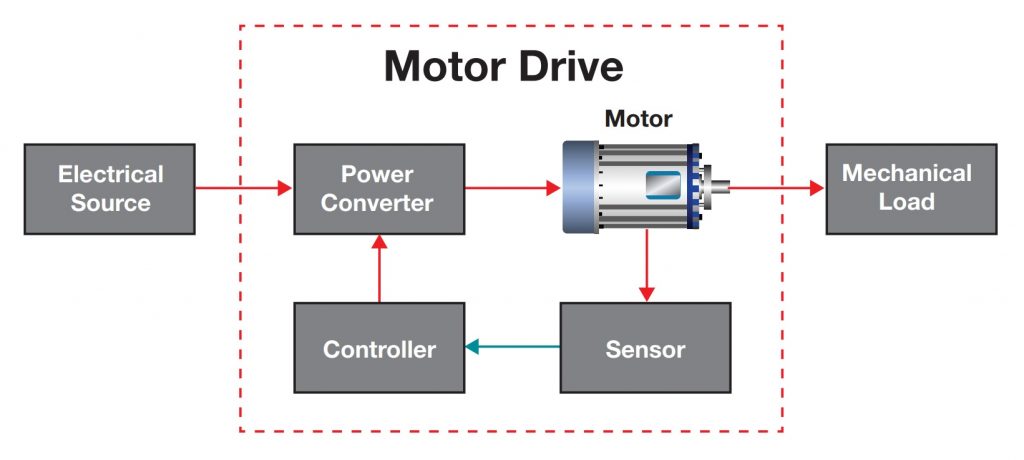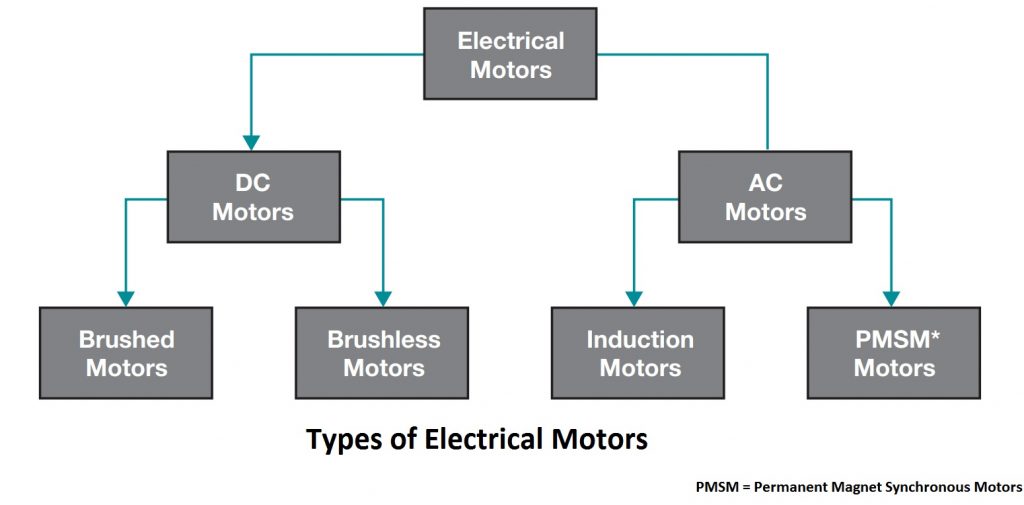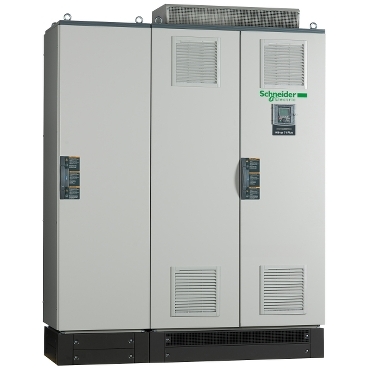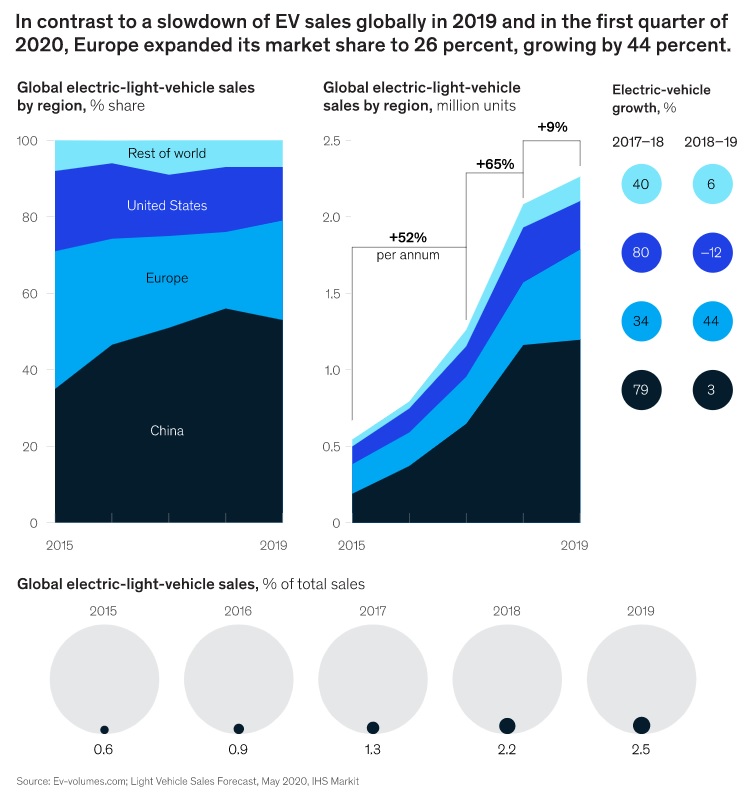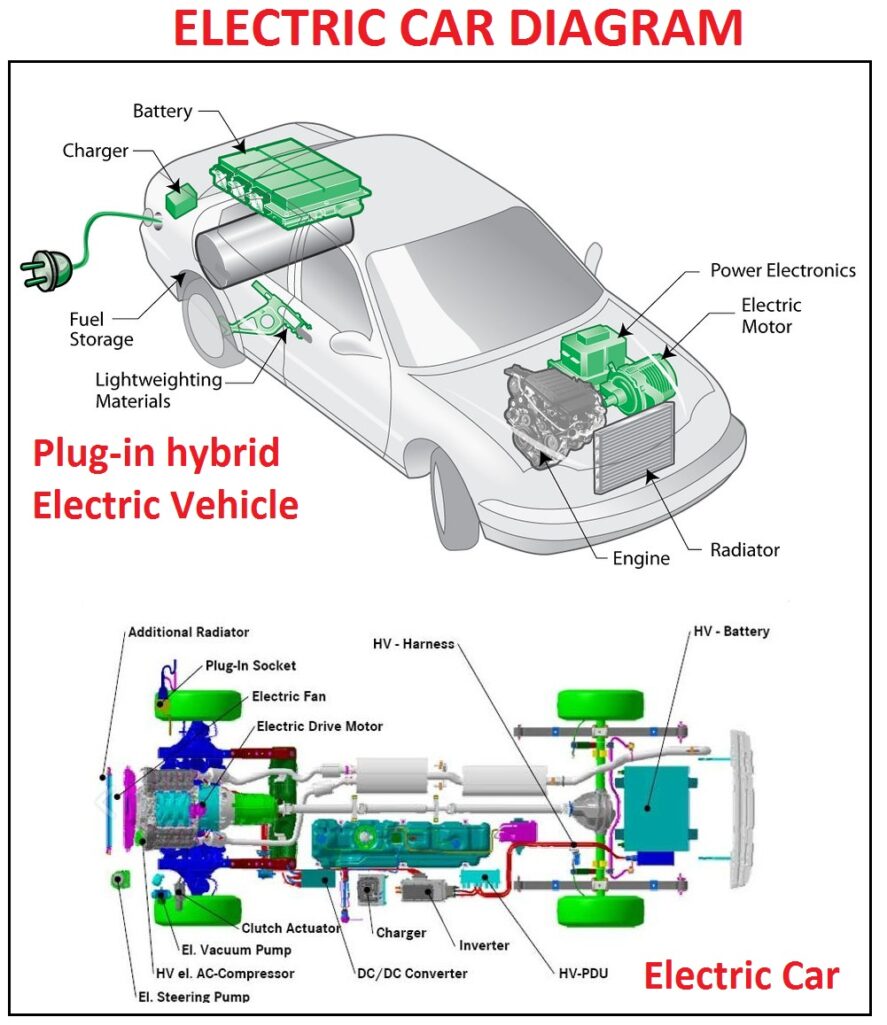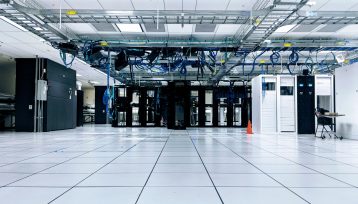As I previously mentioned in Power Semiconductors Types article, nowadays power semiconductors are widely used almost in every industry of human activity. Our home appliances include power semiconductors, electric cars include power semiconductors, and airplanes and spaceships include power semiconductors.
Since there is a huge variety of power semiconductor devices, there are even more applications of power semiconductors. And every now and then young electrical engineers develop new equipment, where they use power semiconductors. And the industry continues with the development of such market segments as electric vehicles, renewable energy, 5G technology, etc. Almost every industry aims for delivering a more efficient product, and power semiconductors make it possible.
With thousands of various equipment and machinery, which use power semiconductors, it is difficult to describe every single example of applications, but they all can be grouped into categories for better explanation and understanding. That is why I will be talking about the applications of power semiconductors according to the commonly accepted rules in the industry. And today I want you to begin this exciting applications journey together with me. You will see how many things in our life can work with power semiconductors. So, hop on! The applications of power semiconductors journey begins.
Motor Drives
An electric motor is a device that converts electrical energy to mechanical energy. It also can be viewed as a device that transfers energy from an electrical source to a mechanical load. The system in which the motor is located and makes it spin is called the drive, also referred to as the electric drive or motor drive.
Motor drives go by various names such as AC drives, adjustable speed drives, adjustable frequency drives, variable frequency drives, variable speed drives, frequency converters, inverters, and power converters. By varying the frequency and voltage of the power supply to an electrical motor, drives can control its speed making it possible to enhance process control, reduce energy usage and generate energy efficiently or optimize the operation of various applications relying on electric motors.
The function of the motor drive is to draw electrical energy from the electrical source and supply electrical energy to the motor, such that the desired mechanical output is achieved. Typically, this is the speed of the motor, torque, and the position of the motor shaft.
The functions of the power converter circuit in the motor drive
- Transfer electrical energy from a source that could be of a given voltage, current at a certain frequency and phase as the input
- To an electrical output of desired voltage, current, frequency, and phase to the motor such that the required mechanical output of the motor is achieved to drive the load
- Controller regulates energy flow through feedback coming from the sensor block
- Signals measured by sensors from the motor are low power, which are then sent to the controller
- Controller tells the converter what it needs to be doing. A closed-loop feedback system is a method of comparing what is actually happening to what the motor should be outputting, then adjusting the output accordingly to maintain the target output
Electric motor drives are the workhorses of the global industry. They drive pumps, fans, and conveyor belts, move hoisting vehicles and elevators, and are used to the same extent to generate compressed air or refrigeration. In view of their widespread deployment, it is no wonder that electric drives account for up to 70% of the power used in the industry. And the number of electrical motors is growing.
Today’s electric drive technology uses predominantly three-phase synchronous and asynchronous machines. Variable speed control is mostly carried out by frequency converters, which first convert mains voltage into DC voltage, and then into a voltage with variable frequency and amplitude. If the load is regenerative (e.g. because of rotating masses), braking produces electrical energy, which in most cases must then either be converted into heat by a brake chopper and brake resistor or fed back to the energy grid.
Typical Electric Motor Drives Applications
- Machine Tool Drives
- Cranes
- Lifts
- Lathes, Milling, and Grinding Machines
- Air Compressors
- Electric Traction
- Pumps
- Refrigeration and Air Conditioning
- Belt Conveyors
- Petrochemical Industries
- Mills
- Mining Works
- Ship-Propulsion
- etc.
Motor drives are becoming more efficient as power semiconductors (IGBTs and MOSFETs), gate drivers and bias supplies are being incorporated.
Silicon Carbide (SiC) MOSFETs are gaining traction in the power stage for motor drives. IGBTs and SiC MOSFETs, are a good fit in high-power AC power stage applications due to their high voltage ratings and high current ratings. SiC MOSFETs however differ from IGBTs in the switching frequency requirement. IGBTs typically operate in the lower switching frequency range (5 kHz to 20 kHz) whereas SiC MOSFETs operate at a much higher switching frequency range (50 kHz to +300 kHz). The ability to switch at higher frequencies allows system benefits such as higher power density, higher efficiency, and lower heat dissipation.
Top Manufacturers of Electric Motor Drives
- Siemens
- Schneider Electric
- ABB
- Toshiba
- Eaton
- Nidec Corporation
- Rockwell Automation
- General Electric
- WEG Drives
- Danfoss
- Yaskawa Electric
- Hiconics Drive Technology
- Sew-Eurodrive
Drives vary in complexity, but each new generation tends to offer improved performance in smaller packages. The trend is like that of personal computers. Unlike PCs, however, drives’ reliability and ease of use have dramatically improved. And, unlike computers, the typical drive of today doesn’t spew gratuitous harmonics into the distribution system — nor does it affect the power factor. Drives are increasingly becoming “plug and play.” As electronic power components get smaller and more reliable, the cost and size of VFDs will continue to decrease while performance and ease of use will only get better.
Electric Vehicles: Urban Electric Transportation and Commercial, Construction and Agricultural vehicles
Electric vehicles (EV) are vehicles that use one or more electric motors or traction motors for propulsion. An electric vehicle may be powered through a collector system by electricity from off-vehicle sources or may be self-contained with a battery, solar panels, fuel cells, or an electric generator to convert fuel to electricity. EVs include, but are not limited to, road and rail vehicles, surface and underwater vessels, electric aircraft, and electric spacecraft.
EVs first came into existence in the mid-19th century, when electricity was among the preferred methods for motor vehicle propulsion, providing a level of comfort and ease of operation that could not be achieved by the gasoline cars of the time. Modern internal combustion engines have been the dominant propulsion method for motor vehicles for almost 100 years, but electric power has remained commonplace in other vehicle types, such as trains and smaller vehicles of all types.
Commonly, the term EV is used to refer to an electric car. In the 21st century, EVs have seen a resurgence due to technological developments, and an increased focus on renewable energy, and the potential reduction of transportation’s impact on climate change and other environmental issues.
Government incentives to increase adoption were first introduced in the late-2000s, including in the United States and the European Union, leading to a growing market for the vehicles in the 2010s. And increasing consumer interest and awareness and structural incentives, such as those being built into the green recovery from the COVID-19 pandemic, is expected to greatly increase the electric vehicle market. A pre-COVID 2019 analysis, projected that Electric vehicles are expected to increase from 2% of the global share in 2016 to 22% in 2030. Much of this market growth is expected in markets like North America and Europe.
All electric vehicles can be divided into the following groups
- Ground vehicles
- Pure-electric vehicles
- Hybrid EVs
- Plug-in electric vehicle
- Range-extended electric vehicle
- On- and off-road EVs
- Railborne EVs
- Space rover vehicles
- Airborne EVs
- Seaborne EVs
- Electrically powered spacecraft
Speaking of electric vehicles, urban electric transportation like trams, electric buses, commercial and agricultural vehicles, etc., power semiconductors are widely used in all of them, and in particular in the following equipment:
- Traction inverters
- On-board chargers
- Electric drive systems
- Auxiliary power supplies
- DC-DC converters
- etc.
Today, power systems are just as common in vehicles such as fork trucks and hybrid and electric cars as they are in agricultural and construction vehicles. As well as powering the drive, power electronics also play an important role in other areas. One example of this is the power supply for electric auxiliary equipment, e.g. pumps, cable winches, or sowing equipment on tractors.
The powertrain market is driven by the need to reduce the carbon footprint of cars via affordable, efficiency-enhancing innovations. Concrete measures include rightsizing engines, improving fuel injection accuracy, and increasing after-treatment efficiency. On the transmission side, car-makers are looking to optimize both the gear ratio and gear shifting. Other efficiency-enabling activities include reducing friction and hydraulic losses. In a more general context, the drive for greater ecology on the roads is pushing the transition toward vehicle electrification and hybridization.
The traction inverter converts energy from the vehicle’s battery in order to drive the motors in the drivetrain. This key component has a direct impact on road performance, driving range, and reliability of the vehicle also as a consequence of their weight and size. Subject to all the possible stress found in a road vehicle from heat and vibrations, these converters must be able to handle high power and currents along with the associated Electro Magnetic Compatibility (EMC) challenges as well as provide a fail-safe operation to ensure dependability and safety for the driver and passengers.
Within an electric drivetrain, the inverter controls the electric motor. This is a key component in the car. Similar to the Engine Management System (EMS) of combustion vehicles, it determines driving behavior. Regardless of whether the motor is synchronous, asynchronous, or brushless DC, the inverter always functions in a similar way and is controlled by an integrated PCB, which should be designed to minimize switching losses and maximize thermal efficiency. Not only does the inverter drive the electric motor, but it also captures energy released through regenerative breaking and feeds this back to the battery. As a result, the range of the vehicle is directly related to the efficiency of the traction inverter.
According to Yole Développement strict CO2 targets will push EV/HEV share to 38% of all passenger vehicles in 2026, representing a $5.6B market opportunity for various semiconductor technologies and power devices.
Regarding the power semiconductor market, its value is expected to triple from 2020 to 2026, driven by a major technology battle between IGBT and SiC modules. Indeed, SiC modules are presently still about x3 the cost of a 650V IGBT module. But this difference will shrink when larger volumes are produced, with the transition to 8-inch wafers, and with the penetration of 1,200V devices for higher battery voltages.
As you can see, the applications of power semiconductors are indeed numerous and diverse. Without them, it is difficult to imagine our modern life. And even more impossible to imagine the progressive future. So we will continue this applications journey with more examples of how and where power semiconductors can be used.
Find more information about power semiconductors in Marketing in Power Electronics section of the website, or subscribe to my Power Semiconductors Weekly news podcast to stay up to date with major news in power semiconductors industry.

